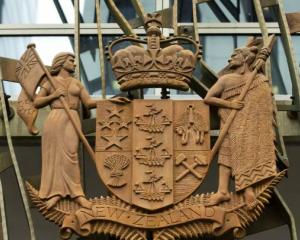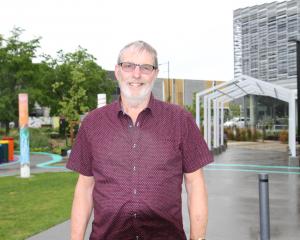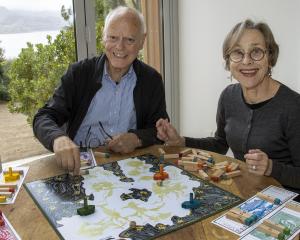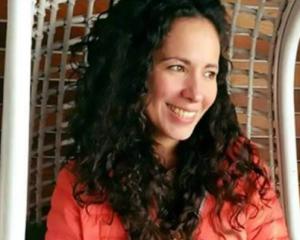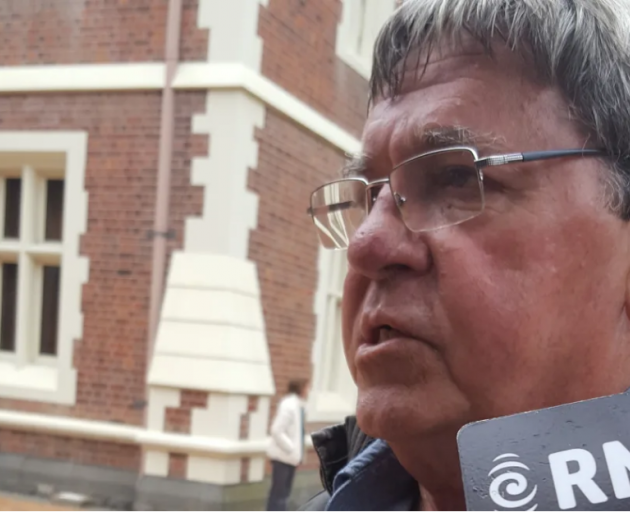
In a just-released decision, the Court of Appeal judges found while false evidence from a jailhouse informant at the original trial did constitute a miscarriage of justice, they remain satisfied "beyond reasonable doubt" that Tamihere murdered the young couple on the basis of other evidence.
Höglin, 23, and 21-year-old Paakkonen were tramping in dense bush on the Coromandel Peninsula in April 1989 when they disappeared.
Tamihere - who served more than 20 years in prison for their murders before finally being released on parole in 2010 - has always denied even meeting the couple, and there have been ongoing questions over the convictions, which were based on circumstantial evidence.
However it was only in 2020, that then governor-general Dame Patsy Reddy (on the advice of justice minister Andrew Little), granted Tamihere the royal prerogative of mercy, referring his case back to the Court of Appeal.
Back in 1989, Tamihere (the brother of Māori Party president and former MP John Tamihere) was on the run from police and living rough in the bush, after pleading guilty to raping a woman three years earlier.
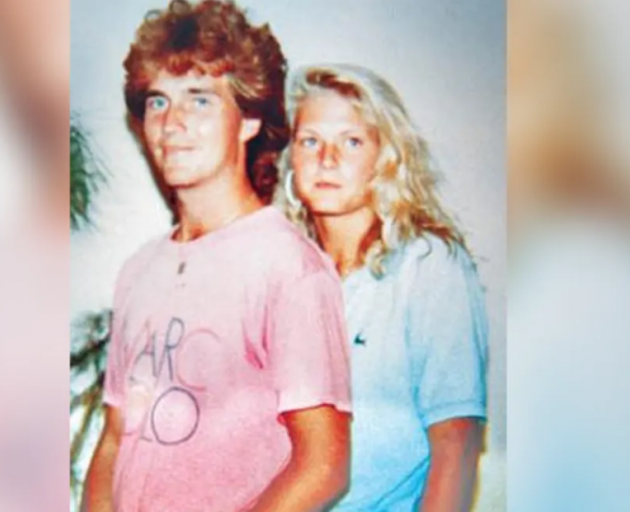
After coming across the couple's white Subaru at the start of a track near Thames, "loaded with gear", he stole it.
The fugitive was arrested in May 1989, and sent to jail for the earlier rape - but his link to the Swedes only came to light after a tourist recognised photographs of their car in media reports in June 1989.
The man told police he was given a ride in it by a man calling himself "Pat Kelly", who turned out to be Tamihere.
During his 1990 trial, the jury heard graphic evidence from a jail-house informant (Witness C) that Tamihere had confessed to sexually abusing both tourists before murdering them and dumping their bodies at sea.
He described how Tamihere had bashed Höglin with a piece of wood.
Two other inmates also testified that Tamihere had made admissions to them.
The other key piece of evidence came from two trampers who claimed they saw Tamihere with a blonde woman who looked like Paakkonen at Crosbies Clearing.
The following year in October, - two years to the day since Tamihere was charged - Höglin's skeletal remains were found by pig-hunters near Whangamata, more than 70km from where the Crown said the murders occurred.
He was still wearing the watch police claimed Tamihere had stolen and given to his son, his clothing had been stabbed and cut, and two of his cervical vertebrae had been cut or shaved.

"Witness C" - later revealed as murderer Conchie Harris, was convicted of eight counts of perjury in 2017 after a private prosecution.
But the new evidence was not sufficient to persuade either the Court of Appeal (1992) or the Privy Council (1994) to re-hear Tamihere's case.
At the new Court of Appeal hearing in November, Tamihere's lawyers argued a miscarriage of justice had occurred.
They noted the Crown was now advancing its third theory of how he did it, which differed from both the one advanced at trial and on appeal in 1992.
This version was "as porous as any other" and the evidence fell substantially short of proving his guilt, they said.
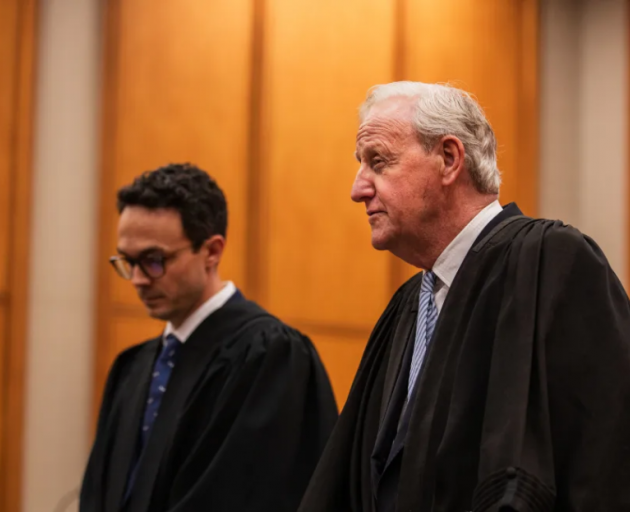
It also offered new evidence to show Tamihere lied at trial about his travels in the Coromandel in what could now be understood as an attempt to show he had not been in the vicinity of Höglin's poorly concealed body.
In their judgment released on Thursday, the three Court of Appeal judges (Justices Christine French, Forrest Miller and David Collins) found the 1992 judges were "wrong on appeal" to dismiss the potential impact of the evidence from the prison informant and on the watch.
"The Court found that the admission of Mr Harris's evidence at Mr Tamihere's trial may have affected the jury's verdicts and accordingly amounted to a miscarriage of justice.
"It also differed from the Court's reasoning in Mr Tamihere's 1992 conviction appeal, which was argued after Mr Höglin's remains were found.
"However, the error did not justify setting the convictions aside."

That evidence included:
• "It cannot be known exactly what happened to Ms Paakkonen, but the Court found the evidence consistent with a sequence of events in which the couple encountered Mr Tamihere at Wentworth, where Mr Höglin was killed and Ms Paakkonen was abducted and taken to Tararu Creek Road in the couple's car," the judges concluded.
• "We accept that it remains impossible to know the couple's precise movements after they were seen in Thames on 7 April and why they were killed. But we do not accept that it is impossible to prove beyond reasonable doubt that Mr Tamihere killed them."
• eyewitness evidence of two trampers, John Cassidy and Theodore Knauf, who identified Tamihere as the man they met at Crosbies Clearing with a young, blonde, European-looking woman at around 3pm on 8 April 1989;
• the finding at Tamihere's home of distinctive items seen by the trampers;
• his use of the couple's key to gain access to their car;
• the finding of Paakkonen's wallet and jacket between Tararu Creek Road and Crosbies Clearing;
• his treatment of the couple's property at Tararu Creek Road;
• his admissions when confronted with evidence he could not explain away;
• his proven lies about his movements and activities.
"It cannot be known exactly what happened to Ms Paakkonen, but the Court found the evidence consistent with a sequence of events in which the couple encountered Mr Tamihere at Wentworth, where Mr Höglin was killed and Ms Paakkonen was abducted and taken to Tararu Creek Road in the couple's car," the judges concluded.
"We accept that it remains impossible to know the couple's precise movements after they were seen in Thames on 7 April and why they were killed. But we do not accept that it is impossible to prove beyond reasonable doubt that Mr Tamihere killed them."



